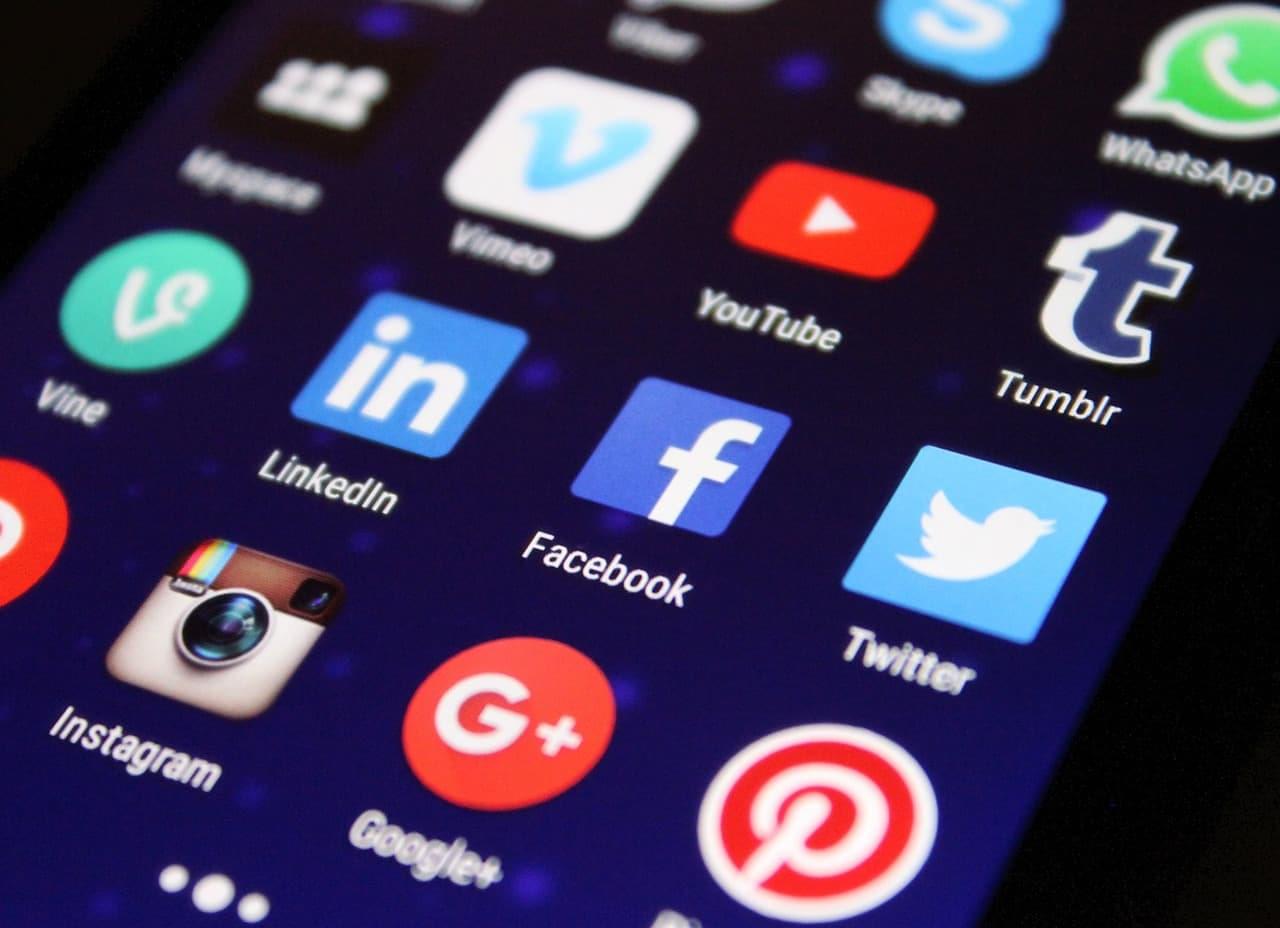How Social Media Could Be Contributing To Drug and Alcohol Abuse Among Teens
Find out more about the influence of social media on drug and alcohol use here.Our Centres
Rehab in Scotland

Google Reviews
5
Rehab in Greater London

Google Reviews
4.5
Rehab in the Midlands

Google Reviews
4

